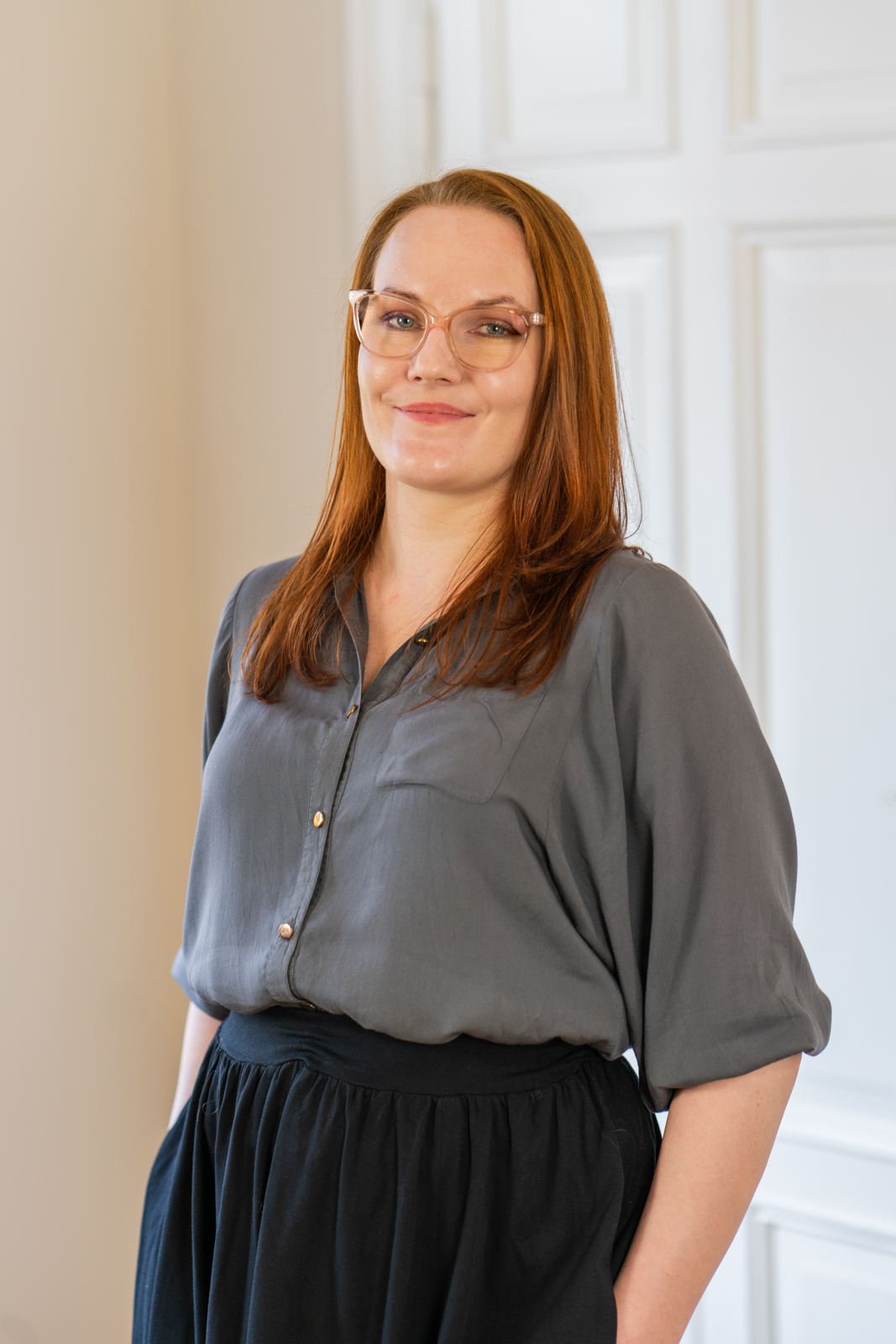Project management from A to Z – what are the responsibilities of locatheart coordinators?
A project manager takes care of the client, while also accepting dozens of new assignments on a daily basis, estimates the cost of a given project and looks after the proper conduct of every stage of working with files – although it seems to be a lot, the mentioned activities are only the tip of the iceberg of what lies within the duties of our coordinators without whom there would be no locatheart.
What makes our PMs so special compared to the competition? What challenges of the translation industry do they face every day? Which personality traits are taken into account during the recruitment processes for this extremely responsible position and what do we expect from potential candidates? The answer to all these questions can be found in our article.
Who are our PMs?
Project managers who have worked with us for the longest time are simultaneously team leaders of individual departments of the company.
They supervise the progress of their respective teams, support their professional growth, assign tasks and set long-term strategic goals.
At the same time, they make sure that the number of PMs is always adequate to the amount of work and, therefore, allows to smoothly carry out the everyday responsibilities and accept new assignments.
We always try to assemble each department so that the subject area of projects conducted by a given manager is related to their interests and professional experience.
Currently, within our structure, there are specialised teams working on assignments strictly connected to the beauty industry, fashion, games, e-commerce, marketing and audiovisual translation.
Thanks to this clear division, each PM has a chance to get to know all needs of a client whose scope of work they know inside out.
Effective communication – the pillar of any successful cooperation
Managing diverse projects comes with a number of challenges; therefore, before our coordinators start working on a certain assignment, they first and foremost make sure they understand the client’s objectives and adapt the entire process to them.
Such was the case of our cooperation with Ten Square Games – a leading developer of mobile games loved by over 40 million users all over the world. They use the agile project management methodology – which means that sometimes, we create as many as 7 new projects including 25 languages for TSG daily.
Process optimisation
Project coordinators optimise processes for their own convenience, as well as for the benefit of the clients.
To stay in touch with the client, we use tools such as Trello and Slack through which we are able to communicate potential issues and report work progress on a daily basis.
We wanted to optimise such processes especially while working with a producer of video games for virtual reality systems, which is based in Los Angeles, California.
The content we localise is oftentimes placed in extremely specific contexts and concerns not only the gameplay itself, but also user interfaces.
What comes with it is a huge number of reference materials and a need for frequent verification of context in which certain segments are placed.
There is a 9-hour difference between our teams; therefore, to avoid sending single questions about individual files to the client and shorten the answer wait time, we decided to create a query sheet which is accessible not only to the project managers and the client, but also to the translators and proofreaders. QS makes the localisation of VR games much easier since it constitutes the most up-to-date source of information regarding a given title.
People working on game translation can look at the query sheet at any given moment and ask for a broader context or look for a solution to a problem they are currently facing in previously given answers.
It takes the burden off our project managers who don’t have to pass the same information to various translators, which gives them more time to create new reference materials, prepared not only on the basis of previous knowledge about the project, but also thanks to the possibility of entering virtual reality – we have the VR Oculus Quest 2 set in our office, which is of great help to our coordinators whenever they come across a particularly difficult segment.
Files created this way help to understand the source text better, which results in a better translation.
We have been in this industry long enough to be able to meet the needs of our clients and suggest optimisation of certain processes on their side as well. In the case of product brochures, we suggest that thanks to Trados, we can also work directly with graphics files in the .IDML format, which really saves the graphic designer’s time.
We also use translation memories to automate the translation of repetitive segments in e-commerce texts. When working on e-learning content, we help to unite teams translating both the text and audiovisual elements, so that the new language version of the course is as consistent as possible.
There are also times when we notice inconsistencies in the style guides or source files. We always inform the client of such instances and help to fix the errors.
Division of coordinators’ work
Some translation agencies assign specific stages of each project to various PMs, which may lead to many inadequacies – when it comes to updating the guidelines or sending the source text supplemented with new content, such file must first go through a whole range of people before it finally reaches the right person (assuming that it doesn’t get lost in the process or isn’t overlooked by someone).
Not only does it extend the delivery of a given task, it also creates many issues for projects involving a pivot language that other translators base on.

Within the last 7 years, we optimised the process of controlling the quality of conducted projects which are not only assigned to a given department, but also to PMs responsible for certain languages. All the information, guidelines and files are stored in one place – on a virtual private network drive – to provide the coordinators with an easy and safe access to the materials in case of any doubts or while working from home, and ensure that the clients have well-protected backup of already localised content. Thanks to these strictly defined procedures, we avoid the delay of projects when someone is absent and ensure translation consistency.
The main tasks of a project manager are:
- collaborating with clients and service providers;
- coordinating the work of teams from all over the world and the in-house linguists;
- establishing rates and suggesting improvements while working with certain clients;
- creating budgets and schedules of projects and ensuring their timely completion;
- dividing, assigning, organising and controlling the quality of the delivered files.
Recruitment process
While recruiting a new person for this extremely responsible position, we first and foremost look for a high level of independence and resourcefulness, as well as teamwork skills, so that the new coordinator is able to support the rest of the team with certain tasks and cover for another PM while they are absent.
In addition, we’re looking for people with great logical and linguistic competences, who also love order and have a cheerful disposition.
Two widely welcomed bonuses are a degree in philology and experience in project management, but they don’t form the basis for employment – there are a few people at locatheart who came to our company from a completely different field and found their calling in the localisation world.
An exceptionally good knowledge of English is an absolute necessity, as our coordinators have to effectively communicate with clients from different parts of the world.
Onboarding
The onboarding period for new coordinators varies from one to three months and depends mainly on their experience. The training starts with assigning the easiest tasks to new PMs. Then, we gradually move on to more complex tasks.
At the very beginning of employment, the new person will meet with the head of project management or a team leader who will introduce them to our clients, processes, tools and values.
A junior project manager gets familiar with instructions and guidelines, and then uses the acquired knowledge first to carry out training projects – meaning the ones that have already been completed – and then current projects conducted under the supervision of senior PMs.
The moment we are sure that the new member of the team can take care of less complex orders by themselves, we assign them tasks that require more experience, while also making sure that every stage of work is consulted with their supervisor.
We are well aware that the most important aspect of project management are people. Without them, using even the most advanced tools facilitating the work and optimising all processes would be meaningless.
Our coordinators are experts in their field – they are open to new experiences, knowledge and cultures, and at the same time, they are able to adapt to the rapidly changing work conditions.
If you think that you would be a great fit for this position, check out our current recruitment processes and join the leaders of the translation industry.






Leave a Reply